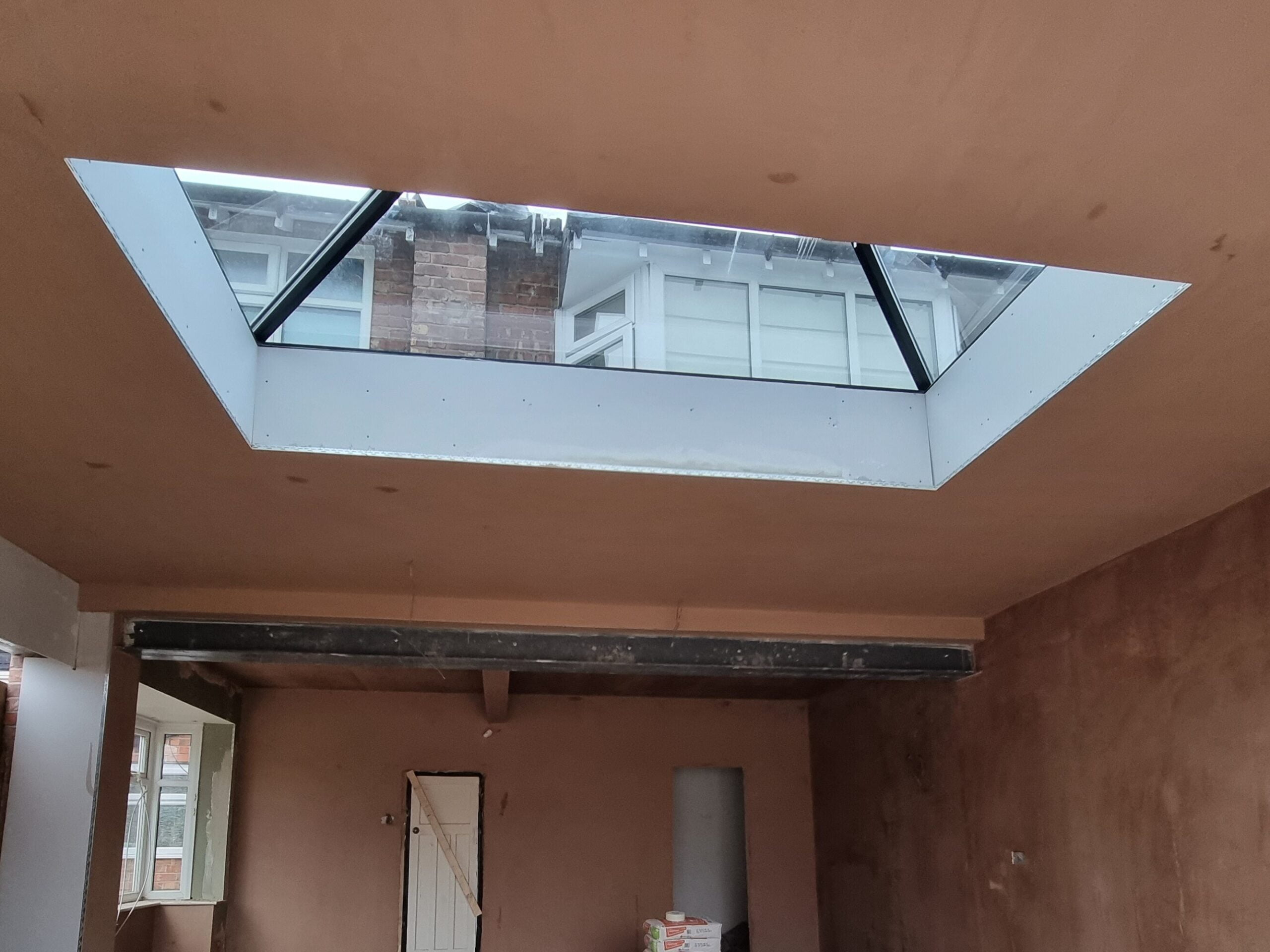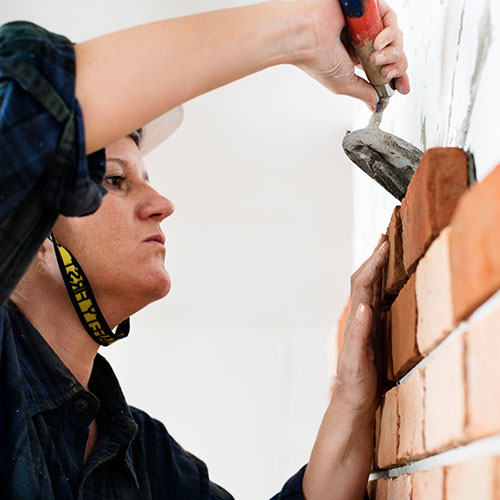Secret Tips and Tools for Successful Gluing in your house Renovation Endeavors
Achieving a flawless plaster finish in your house improvement tasks needs a blend of the right tools and tested techniques. Important applies such as the hawk and trowel are essential for reliable application, while correct surface preparation lays the structure for success. Additionally, understanding the nuances of mixing plaster and using it in thin layers can dramatically influence the final result. As we explore these basic aspects, it ends up being apparent that avoiding common challenges can elevate your plastering abilities-- ensuring your following job not only fulfills however exceeds assumptions.
Crucial Smudging Tools
A plasterer's toolkit is basic to accomplishing a smooth and resilient surface on walls and ceilings. The important devices include a range of carries out made to facilitate the gluing process successfully and efficiently. Secret parts consist of a hawk, which is a flat, square device used to hold the plaster while using it to surfaces. This device permits for simple transport and application of the product.

Additionally, a mixing container is necessary for preparing plaster, making sure the appropriate uniformity prior to application (Plastering). Together, these essential plastering devices make it possible for both specialists and DIY fanatics to accomplish premium outcomes in their plastering projects.
Surface Preparation Methods
Effectively preparing the surface area prior to smudging is vital for making certain attachment and attaining a remarkable surface. The very first step involves cleaning the surface to remove any type of dust, oil, or old paint that may hinder the plaster's capability to bond properly. A complete laundry with an appropriate cleansing option is suggested, adhered to by permitting the surface and rinsing to dry entirely.
Next, examine the surface for any imperfections or cracks. These need to be filled with a suitable filler substance and enabled to heal according to the maker's directions. For porous surface areas, applying a primer is necessary to develop a consistent appearance and boost attachment.
Furthermore, it is vital to make certain that the surface area is stable and structurally sound. Any loose products, such as flaking paint or damaged drywall, must be repaired or eliminated. If functioning with masonry surface areas, consider using a scrape layer to boost hold.
Mixing Plaster Like a Pro

Utilizing a tidy mixing container, put the water first, then gradually add the plaster powder while stirring continually. This approach assists to stop clumping and makes certain an even distribution of products.
Once combined, enable the plaster to rest for a couple of useful link minutes to allow the plaster crystals to moisten fully. This relaxing duration enhances workability and minimizes the danger of splitting throughout application. By adhering to these actions, you can blend plaster like a pro, establishing the foundation for an effective gluing task in your home renovation endeavors.
Application Approaches for Smooth Finishes
With the plaster mixture prepared to the excellent consistency, the following action includes picking ideal application approaches to attain a smooth surface. This tool enables for a penalty, find out even distribution of plaster throughout the surface while decreasing trowel marks.
Begin by using a charitable amount of plaster to the surface utilizing the trowel, ensuring it sticks well. Use a systematic approach, functioning from the bottom higher. As soon as the first layer is applied, use a sweeping activity to smooth the surface area, using even stress. In areas that need more meticulous focus, consider utilizing a float, which can assist eliminate any kind of flaws and create an uniform texture.
For the final touches, a moist sponge can be made use of to fine-tune the surface area additionally. Lightly haze the plaster with water and carefully massage the surface to accomplish a polished result. Always keep in mind to function in tiny sections to maintain control over the application procedure, making sure a smooth, expert surface throughout your plastering task.
Usual Mistakes to Avoid
When beginning on a smudging task, staying clear of usual mistakes is crucial for accomplishing a perfect finish. Make certain that all dust, oil, and loosened materials are eliminated before using plaster.
One more usual mistake is applying plaster too thickly. Thick layers can crack as they dry out, endangering the honesty of the finish. Instead, go with numerous slim layers, permitting each layer to completely dry completely before applying the following.
Additionally, bad mixing methods can lead to inconsistent appearance and workability. Always follow the manufacturer's instructions for blending proportions and extensively blend the plaster to accomplish an uniform consistency.

Timing also plays a vital duty; plaster ought to be applied while the substrate is moist to boost attachment. Top notch trowels and drifts can make a substantial distinction in achieving a smooth coating.
Verdict
Effective smudging needs an extensive understanding of essential tools and methods. By utilizing correct equipment, guaranteeing careful surface area prep work, and sticking to advised mixing ratios, optimum next outcomes can be achieved. Using appropriate application techniques better boosts the surface, while recognition of common errors can avoid troubles. Mastery of these aspects not only contributes to the aesthetic charm of a room however likewise ensures resilience and durability in smudging tasks, making them integral to effective home improvement ventures.
A float is one more essential device, which helps in leveling the plaster and accomplishing a consistent surface area.

By following these steps, you can mix plaster like a professional, establishing the structure for an effective plastering task in your home renovation ventures.
Lightly haze the plaster with water and delicately massage the surface area to attain a sleek impact.